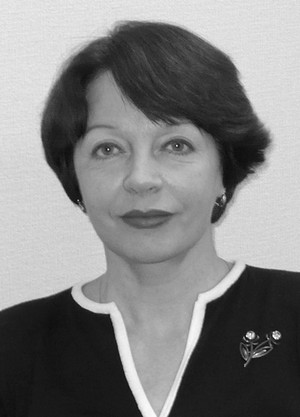Health statuses of active and retarded elite athletes
Фотографии:
ˑ:
Teoriya i praktika fizicheskoy kultury №11 2016, pp. 73-76
UDC 796.01:612
Professor, Dr.Med. O.S. Kogan1
Associate Professor, PhD M.V. Tarasova2
1Ufa State Petroleum Technical University, Ufa
2Bashkir State Pedagogical University n.a. Akmulla, Ufa
e-mail: fizkult@teoriya.ru
It is a matter of common knowledge for the sport specialists that the modern elite athletes’ training systems may trigger pathologies in different bodily organs and systems when the training process is poorly designed or mismanaged. Many health disorders diagnosed in the physical culture and sports sector professionals after their retirement from active sports were diagnosed as formed in the early stages of their sport careers. It is particularly true for the high-ranking athletes having at least 7-10 years-long track records in elite sports. The adaptation processes of the high-ranking athletes to new living standards upon retiring from the elite sports and starting up coaching and/or other activity are still in need of detailed studies as they are of certain theoretical and practical interest for the labour medicine. The study data and analyses show the professional sport careers being associated with serious health disorders in athletes upon their retirement from elite sports.
Keywords: athletes, elite sports, health status, medical examination, chronic diseases, functional disorders.
References
- Bal'sevich V.K. Gumanisticheskiy vektor sporta vysshikh dostizheniy [Humanistic vector of elite sport]. Sport, dukhovnye tsennosti, kul'tura, Moscow, 1997, no. 3, pp. 287-291.
- Platonov V.N. Sistema podgotovki sportsmenov v olimpiyskom sporte. Obshchaya teoriya i ee prakticheskie prilozheniya (Olympic athletes' training system. General theory and its practical applications]. Kiev: Olimpiyskaya literatura publ., 2004, 808 p.
- Treshchina I.P. O nekotorykh morfologicheskikh i funktsional'nykh izmeneniyakh v miokarde posle prekrashcheniya vozdeystviya trenirovochnykh nagruzok [Some morphological and functional changes in myocardium after finishing with training physical loads]. Mat. konf. Omsk. otd. VRNOAGE (Proc. conf. VRNOAGE, Omsk department). Omsk, 1978, pp. 178–179.
- Hallal P., Victora C., Azevedo M. Adolescent Physical Activity and Health: A Systematic Review. Sports Medicine, 2006, no. 36(12), pp. 1019-1030.
- Kannus P., Jarvinen M. Posttraumatic anterior cruciate ligament insufficiency as a cause of osteoarthritis in a knee joint. Clin. Rheumatol, 1989, no. 8, pp. 251–260.
- Kannel W.B. Left ventricular hypertrophy as a risk factor in arterial hypertens. Eur. J, 1992, no. 13: Suppl. D: pp. 82 – 88.
Received 15.09.2016 г.




 Журнал "THEORY AND PRACTICE
Журнал "THEORY AND PRACTICE